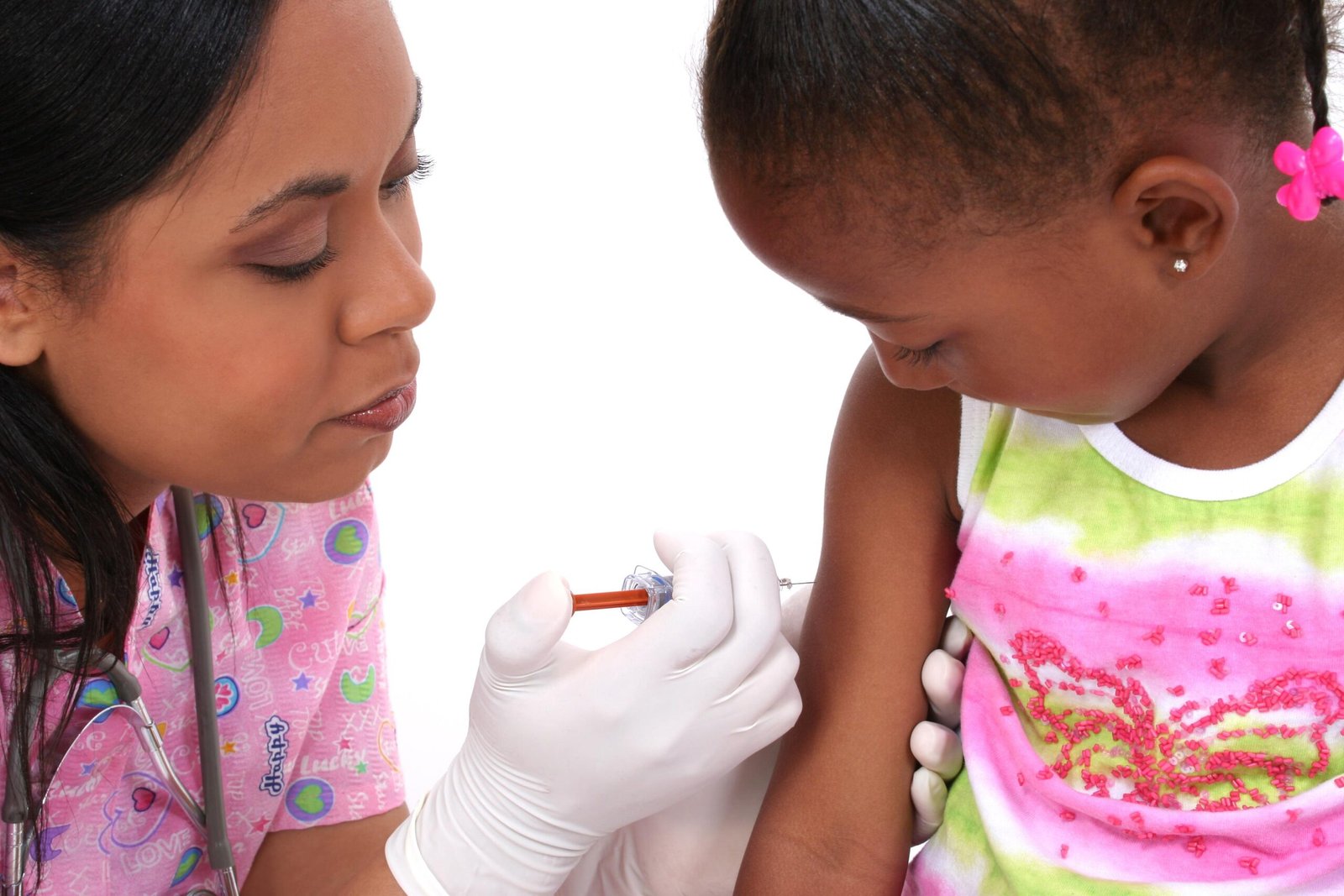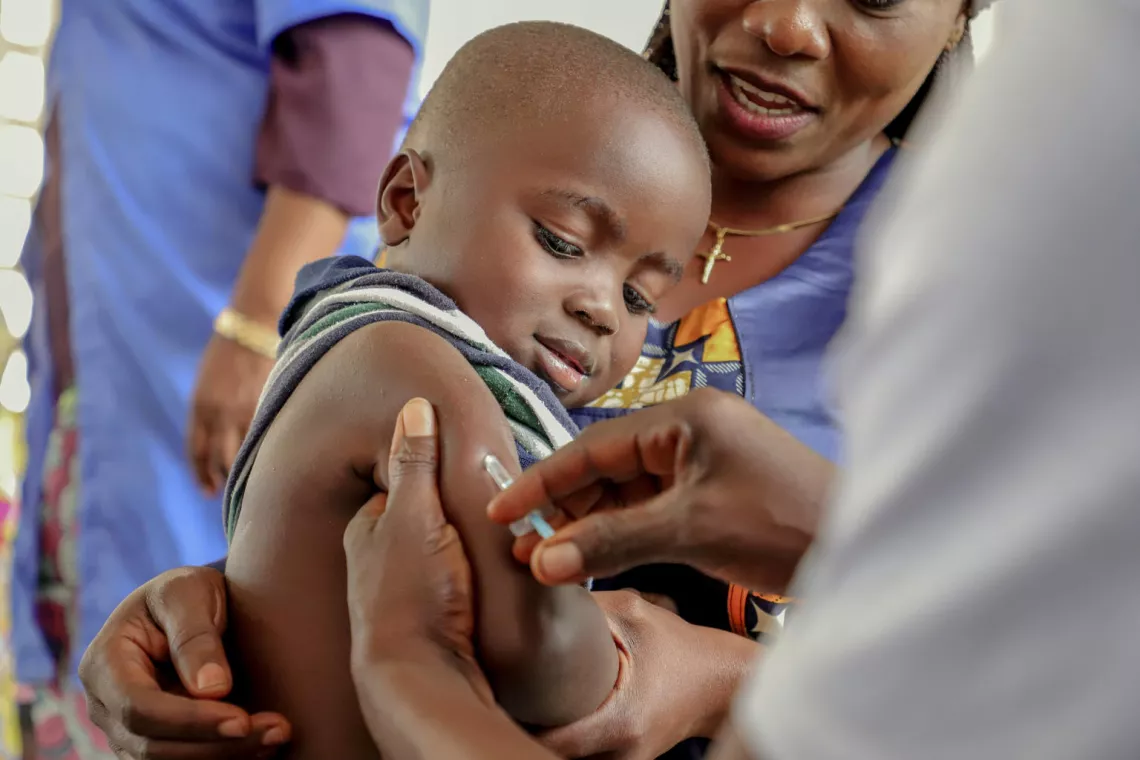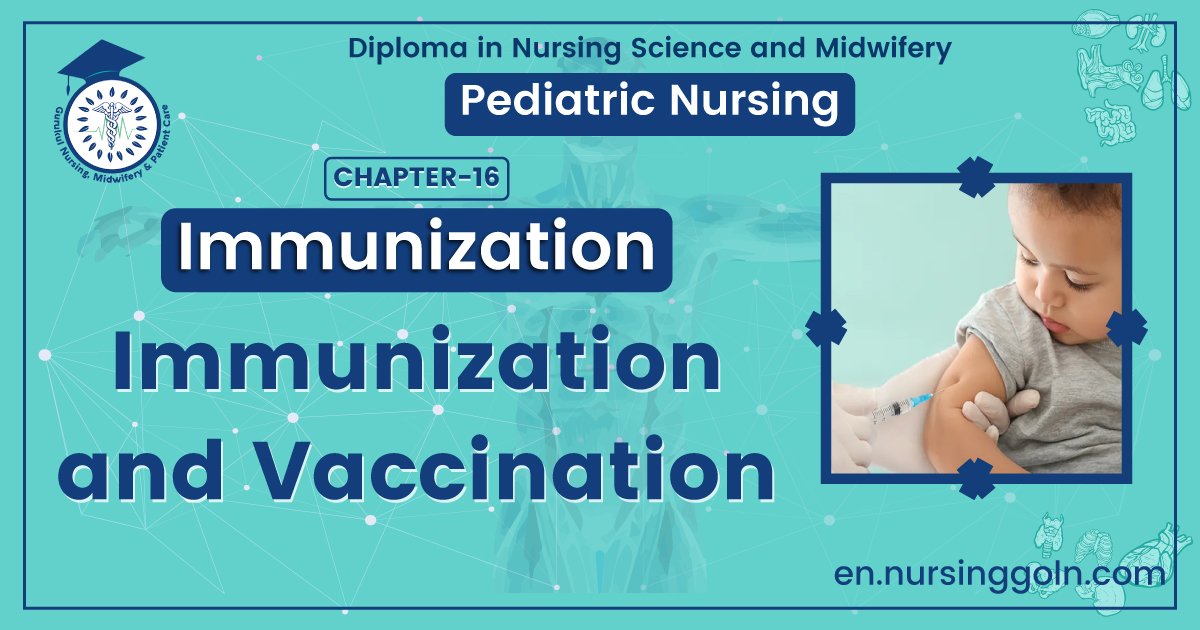Medical Immunization and Vaccination – Health of the children has been considered as the vital importance to all societies because children are the basic resource for the future of humankind. Nursing care of children is concerned for both the health of the children and for the illnesses that affect their growth and development. The increasing complexity of medical and nursing science has created a need for special area of child care, i.e. pediatric nursing.
Pediatric nursing is the specialized area of nursing practice concerning the care of children during wellness and illness. It includes preventive, promotive, curative and rehabilitative care of children. It emphasizes on all round development of body, mind and spirit of the growing individual. Thus, pediatric nursing involves in giving assistance, care and support to the growing and developing children to achieve their individual potential for functioning with fullest capacity.

Medical Immunization and Vaccination
Definition of Immunization:
According to WHO
Immunization is the process whereby a person is made immune or resistant to an infectious disease, typically by the administration of a vaccine. Vaccines stimulate the body’s own immune system to protect the person against subsequent infection or disease.
(Ref by- https://www.who.int)
Vaccination:
Injection of a killed microbe in order to stimulate the immune system against the microbe, thereby preventing disease. Vaccinations, or immunizations, work by stimulating the immune system, the natural disease-fighting system of the body.
Definition of Vaccine:
According to WHO:
A vaccine is a biological preparation that improves immunity to a particular disease. A vaccine typically contains an agent that resembles a disease-causing microorganism, and is often made from weakened or killed forms of the microbe, its toxins or one of its surface proteins.
Or
Any biological products prepared from microorganism that is useful in the prevention and treatment of disease is called vaccine.
Or
Vaccines are immuno-biological substances which are introduced to the body of a person or other animals to produce immunity against a specific disease.
Classification of Vaccine:
Live attenuated vaccine:
➤ Bacterial:
- BCG vaccine (for tuberculosis).
- Typhoid oral.
- Plague.
➤ Viral:
- Oral polio vaccine.
- Yellow fever.
- Rubella
- Mumps
- Influenza
➤ Rickettsial:
- Epidemic Typhus.
- Inactivated or killed vaccine:
➤ Bacterial:
- Cholera vaccine.
- Pertussis vaccine (for whooping cough).
- Typhoid vaccine.
- Plague vaccine.
➤Viral:
- Salk vaccine (Polio).
- Rabies
- Influenza.
- Hepatitis B.
Toxoids:
➤ Bacterial:
- Tetanus toxoid – Tetanus.
- Diphtheria toxoid – Diphtheria.
Extracted cellular fractions:
➤ Meningococal vaccine.
➤ Pneumococcal vaccine.
Combination.
➤ DPT-Diphtheria, Pertussis, Tetanus.
➤ MMR-Measles, Mumps, Rubella.
➤DT.
➤DP.
➤DPT with typhoid vaccine.
➤ DPTP (DPT + inactivated polio).

Recombinant vaccine:
➤ More recent preparations are subunit vaccine and recombinant vaccine, e.g. recombinant
hepatitis-B vaccine.
A. Reaction inherent to inoculation:
Hazards of Immunization:
It may be
- Local reactions
- General reactions.
a) Local Reaction:
- Pain
- Swelling
- Tenderness
- Small nodules.
- Sterile abscess.
b) General reaction:
- Fever.
- Anorexia
- Malaise
- Headache
B. Reaction due to faulty techniques:
a) No immunity (inadequate inactivation’s of microbe).
b) Hepatitis -B.
c) Strepto and staphylococcal.
d) Local abscess
C. Reaction due to hypersensivity:
a) Anaphylactic shock:
- Bronchospasm
- Dysponea
- Pallor
- Hypotension
- Collapse
b) Serum sickness:
- Fever.
- Rash
- Oedema
Difference between Live Vaccine and Killed Vaccine.
| Traits | Live attenuated vaccines | Killed vaccine |
| 1. Preparation | Attenuation | Inactivation |
| 2. Administration | May be oral route | Injection |
| 3. Dose | Single | Multiple |
| 4. Adjuvant | Not required | Usually required |
| 5. Safety | May revert to virulence | Pain from injection |
| 6. Cost | Low | High |
| 7. Duration of immunity | Long | Short |
| 8. Immune response | IgG, IgA; cell mediated. | Mainly IgG: little or not cell- |
| 9. Booster needed | Infrequently | Frequently |
| 10. Revaccination | Possible | None |
| 11. Latency | Possible | None |
Properties of a Good Candidate Vaccine:
- The organism should be a significant pathogen.
- It should exist in one serotype.
- Should have powerful immunogenic property & the antibody should be able to block infection & stop
- systemic spread.
- It should not have oncogenic property.
- The vaccine should be heat stable.
Advantages of Live Vaccine:
➤ Live vaccines are more potent than killed vaccines, because:
- Live organisms multiply in the host and the resulting antigenic dose is larger than what is injected.
- Live vaccines have all major and minor antigenic components.
- Live vaccines engage certain tissues of the body.
- There may be other mechanisms such as the persistence of latent virus.b
➤ Single dose is adequate.
➤ No need of adjuvant
➤Duration of immunity is longer.
➤Greater effectiveness of protection.
➤Both cell mediated and antibody mediated immunities are produced.

Disadvantages of Live Vaccine:
➤Reversion to virulence is possible.
➤Excretion of vaccine virus and transmission to non-immune contacts is possible.
➤ Interference by other viruses in host is possible.
Read more:
